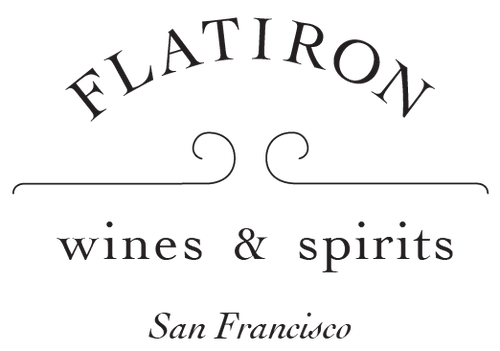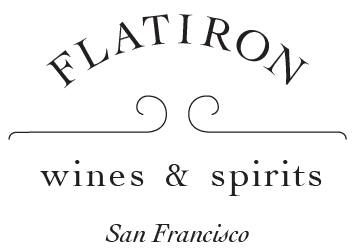Dear Extra Brut Friends,
Some villages in Champagne whisper their greatness. Bouzy announces it with authority.
It’s a terroir that even at first glance looks like a Grand Cru village: a sloping hillside on the Montagne de Reims; stony soils; high elevation (for freshness) and prime south-facing exposition (for ripeness). But just how distinct is Bouzy? How specific is its terroir?
Very specific! We tend to think of Burgundy as the land that invented terroir. And that may be true, thanks to the monks who settled there a millennia ago and codified its iconic vineyards. But Champagne is also a land of diverse soils and exposures (a land of terroir!) and a comparison to Burgundy can be a helpful lens through which to frame an understanding of its unique terroirs.
A good place to start would be thinking of the Côtes des Blancs as somewhat like Burgundy’s Côte de Beaune. Both are Chardonnay-focused, limestone-rich subregions, with famous Grand Cru sites giving wines that are both ethereal and intense.
Likewise, Champagne’s Montagne de Reims bears some comparison to Burgundy’s Côte de Nuits: A Pinot Noir-focused region offering wines that show more natural power but no less complexity and elegance.
Bouzy embodies the Montagne de Reims’ unique magic. It doesn’t just look like a Grand Cru: it makes wines that absolutely taste like one – and like a Montagne de Reims Grand Cru at that. For most of its history, Bouzy was as famous for its still red wines as its sparkling ones. The Brice family (our featured producer this month), in fact, specialized in red wine until after the Second World War.
Today, Bouzy’s still wines are mostly an obscurity (the Brice family releases a small amount of Bouzy Rouge and Bouzy Blanc), but the Pinot legacy lives on in the village’s generous, structured, and expressively red fruit-inflected sparkling wines. Of course, this very much is Champagne, with all the cool climate, chalk-infused minerality and racy acidity that implies.
This month’s wines, both from Champagne Brice and both 100% Bouzy fruit, give us the delicious and fascinating opportunity to explore those two Bouzy. The wines, different in composition, élevage, and intent, nevertheless speak clearly of the same, iconic, place.
Cheers!
Your Friends at Flatiron Wines
We’d love to hear from you! Please share any feedback at extrabrut@flatiron-wines.com.


![Bottle of Brice Champagne Bouzy Grand Cru Blanc de Noirs Brut NV ['20 Base]-Sparkling Wine-Flatiron SF](http://sf.flatiron-wines.com/cdn/shop/files/Bottle-of-Brice-Champagne-Bouzy-Grand-Cru-Blanc-de-Noirs-Brut-NV-20-Base-Sparkling-Wine-Flatiron-SF_{width}x.jpg?v=1746923949)













